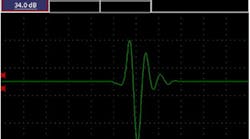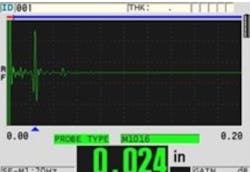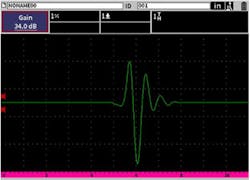High-voltage insulators are used to attach electric power lines to utility poles and transmission towers without allowing dangerous electric current to flow through the tower to the ground. Porcelain, ceramic, and composite materials are used as insulators for power transmission lines and railroad traction power wires because of their high levels of electrical resistance.
Coatings Combat Contaminants
Over time, atmospheric contaminants, such as salt spray or chemical dust, can build up on an insulator, creating a conductive path that can cause a high-voltage electric discharge known as a flashover. Flashovers can be dangerous or even fatal if a person is too close to the insulator when it occurs. Construction, agriculture, and railway workers who operate machinery or work near power lines could all be at risk.
Silicone coatings are applied to high-voltage insulators to prevent flashovers caused by contaminant buildup. To be effective, the coatings must meet minimum thickness requirements and be securely bonded to the insulator. Because the coating is expensive, most manufacturers only apply the minimum required thickness.
Insulator manufacturers check coating thickness and bonding as part of quality control, and routine service inspections are required to ensure that high-voltage insulators continue to meet safety requirements. Two solutions are regularly used for these inspections—coating thickness measurement and silicone insulator bond testing.
Measuring Coating Thickness
Ultrasonic thickness gaging can quickly and nondestructively verify that silicone coatings meet the minimum required thickness. Ultrasound will reflect from the boundaries between materials of different acoustic impedances. Because silicone has an impedance lower than a ceramic or composite insulator, sound energy reflects from the silicone/insulator boundary. By calibrating a thickness gage to the sound velocity of silicone, you can quickly and repeatably measure the coating’s thickness without damaging the insulator.
You can measure the thickness of silicone coatings with an ultrasonic thickness gage with Single Element software. We recommend using an M1016 10 MHz contact transducer when there is sufficient access to permit coupling. A handle cable (LCMH-74-3) can be used to extend reach. When the insulator’s geometry doesn’t permit coupling with an M1016, we recommend using the M2055 handle-style 20 MHz delay line transducer. Measurements can be made over a thickness range of approximately 0.005 in. (0.12 mm) to greater than 0.050 in. (1.25 mm). Inspecting materials with a thicker or more attenuating coating may require the use of a lower frequency transducer, such as the M110-RM 5 MHz contact transducer.
Silicone-Insulator Bond Testing
The silicone coating and composite insulator must be bonded for proper electrical performance, and bond failures can result in flashovers. Using an ultrasonic flaw detector or thickness gage with a waveform display, it’s possible to quickly and nondestructively check the integrity of this bond.
For testing these bonds, we recommend an ultrasonic flaw detector or ultrasonic thickness gage with Single Element and Waveform software with a small-diameter contact transducer, such as the V112-RM 10 MHz probe. This probe’s small size enables it to fit between the insulator’s flared skirts.






